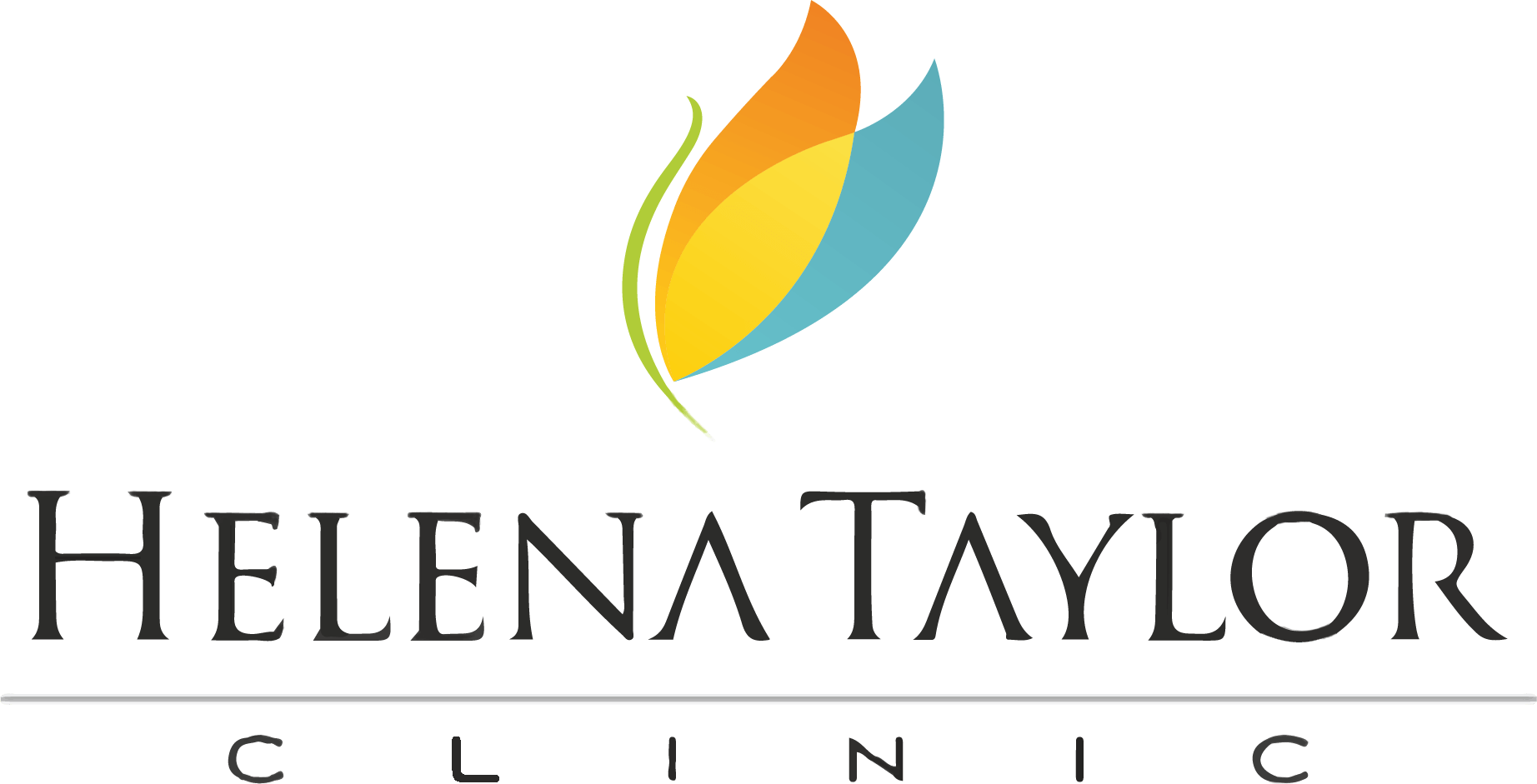After 30 years in obstetrics, I’ve successfully managed these complications hundreds of times. What feels like a crisis to you is routine care for me. Let me walk you through what these conditions actually mean.
1. Gestational Diabetes
- What it is: Difficulty regulating blood sugar during pregnancy.
- How we manage it: Blood sugar monitoring, dietary modifications, medication if needed, and additional ultrasounds to monitor baby’s growth.
- The reality: Most women control it through diet alone and have healthy pregnancies. The condition typically resolves after delivery.
2. Preeclampsia
- What it is: High blood pressure with protein in urine or different organ complications, it occurs usually in the first pregnancy and after 20 weeks.
- How we manage it: Regular blood pressure monitoring, blood work, frequent visits, and carefully timed delivery based on severity.
- The reality: I’ve taught medical residents how to recognise early warning signs. With vigilant monitoring and timely intervention, outcomes are excellent.
3. Placental Complications
- What it is: Placenta covering the cervix (praevia) or attaching too deeply (accreta).
How we manage it: Regular ultrasounds, planned caesarean delivery, and coordination with surgical team for complex cases. - The reality: It’s very common for the placenta to appear low in early pregnancy and then move up as the uterus grows. Most cases of early low-lying placenta resolve on their own. When true placenta praevia persists, proper planning leads to very good outcomes.
4. Twin Pregnancies
- What it is: Carrying multiple babies requires closer monitoring.
- How we manage it: More frequent ultrasounds to monitor growth, attention to signs of preterm labour, and careful delivery planning.
- The reality: I’ve delivered hundreds of twin pregnancies. Most result in healthy babies with appropriate monitoring.
5. Advanced Maternal Age (Over 35)
- What it means: Age puts you in “high-risk” category, though many women over 35 have uncomplicated pregnancies.
- How we manage it: Genetic screening discussions, slightly more frequent monitoring, and attention to age-related conditions.
- The reality: Age is a risk factor on paper. The majority of pregnancies in women over 35 proceed normally.
6. Previous Caesarean Section
- What it means: Prior caesarean requires specific monitoring and delivery planning.
- How we manage it: Discussion of VBAC versus repeat caesarean, monitoring for uterine issues, and clear delivery planning.
- The reality: Many women successfully have vaginal births after caesarean. After thousands of such deliveries, I can help you understand your options.
7. Thyroid Disorders
- What it is: Overactive or under-active thyroid affecting pregnancy.
How we manage it: Regular blood tests, medication adjustment, and monitoring baby’s development. - The reality: Its is common and very manageable with regular monitoring. Hundreds of my patients with thyroid conditions have had excellent outcomes.
- When multiple complications occur: Sometimes, pregnancies develop more than one complication. This is where 30 years of experience truly matters. I’ve seen nearly every combination and know exactly what requires immediate action versus careful monitoring.
The Bottom Line
These conditions require attention and experienced management, not a different doctor. After thousands of complicated pregnancies, I can confidently say most high-risk pregnancies end with healthy mothers and healthy babies. If you have questions about your specific situation or have been told you’re high-risk, please contact our clinic. You’re in good hands.












